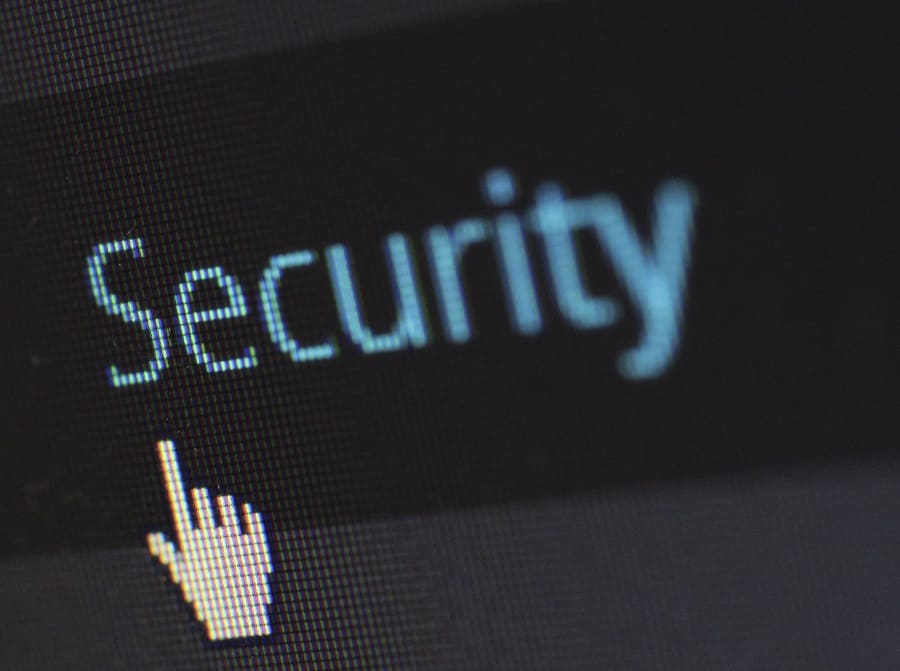Featured Article – Maintaining Security During The COVID-19 Health Crisis

The current global health crisis may bring many different IT security challenges to businesses and organisations and this article highlights some of the ways that you can prepare to keep IT security covered as best you can at this difficult time.
Larger and Smaller Businesses – Some Different Challenges
Larger organisations may be at an advantage as they may already have policies, procedures, equipment and security arrangements in place for remote working, although they may find themselves more stretched as many more staff work from home than usual.
Smaller businesses and organisations, however, may be less well used to and equipped for suddenly having to send staff home to work. This means that they may have a lot more work to do now in order to prepare, and their IT personnel will find themselves needing to prioritise and be prepared to provide more on-demand support over the coming weeks.
Guide
Even though larger and smaller companies may have different challenges on a different scale, here is brief guide incorporating a list of suggestions that could help many businesses and organisations to stay secure while employees, contractors and other stakeholders are working remotely:
– Alert all staff to the possibility of email-borne threats and other social engineering attacks. For example, over the last few weeks, cybercriminals have been sending COVID-19 related phishing emails e.g. bogus workplace policy emails, emails purporting to be from a doctor offering details of a vaccine/cure, emails with a promise of a tax refund and more. The message to employees should be to not open unfamiliar emails and certainly don’t click on any attachments or links to external pages from any suspect emails.
– Make sure that any software and software-based protection used by employees working from home is secure and up to date. For example, this could include making sure their devices have up to date operating systems and browsers, firewall software and anti-virus software is installed and up to date, and make sure that employees install any new updates as soon as possible.
– Ensure that any devices used by employees are managed, secure (have downloaded trusted security apps), have appropriate protection e.g. data loss protection, updated anti-malware, and a capacity to be centrally monitored if possible. Ensure that all devices, including employee mobiles (which can carry confidential information), are password-protected, and can encrypt data to prevent theft.
– Monitor the supply chain arrangements where possible. If a supplier is geographically remote, for example, and if the Covid-19 crisis has left a supplier short of qualified IT and/or security staff, or if contract staff/cover staff, or unfamiliar staff members have been brought in to replace staff members e.g. particularly in accounts, this could present a security risk. Taking the time to conduct at least basic checks on who you dealing with could prevent social engineering, phishing and other security threats, and exercising caution and offering your own known secure channel suggestions where suppliers may be short of IT-security staff could help to maintain your company’s security posture.
– Although employees are likely to stay at home in the current situation, you will still need to make sure that they are made aware of your policy about accessing information on public or unsecured networks e.g. using a VPN on mobile devices to encrypt data.
– Make sure you have a 24-hour reporting procedure for any stolen or lost equipment/devices.
– Pay attention to user identity management. For example, have a user account for each employee, and give appropriate access to each employee. This should help to prevent unauthorised access by other persons. Also, control which programs and data each employee has access to, and which level of user rights they have on certain platforms.
– Make employees aware that they must use only strong, unique passwords to sign-in to your network, and that these details should be changed regularly e.g. every 3 months. Also, make sure that multi-factor authentication is used by employees.
– Stay on top of managing the workforce and general daily operations. For example, make sure that key IT staff are available at all times, communication channels and procedures are clear and functioning, handover procedures are covered, any sickness (which looks likely) can have cover planned, and that productivity targets can be met despite remote working.
– Remind employees that they still need to comply with GDPR while working remotely and ensure that help and advice are available for this where needed.
– Use this experience to keep the company’s disaster recovery and business continuity plans up to date.
– Schedule regular, virtual/online meetings with staff and ensure that all employees have the contact details of other relevant employees.
– If you’re not already using a collaborative working platform e.g. Teams or Slack, consider the possibility of introducing this kind of working to help deal with future, similar threats.
Looking Forward
At this point, the country, businesses, and many individuals are thinking more about survival strategies, but taking time to ensure that IT security is maintained is important in making companies less vulnerable at a time when operations don’t follow normal patterns and when many cybercriminals are looking to capitalise on any weaknesses caused by the COVID-19 health emergency.
Sponsored
Ready to find out more?
Drop us a line today for a free quote!
